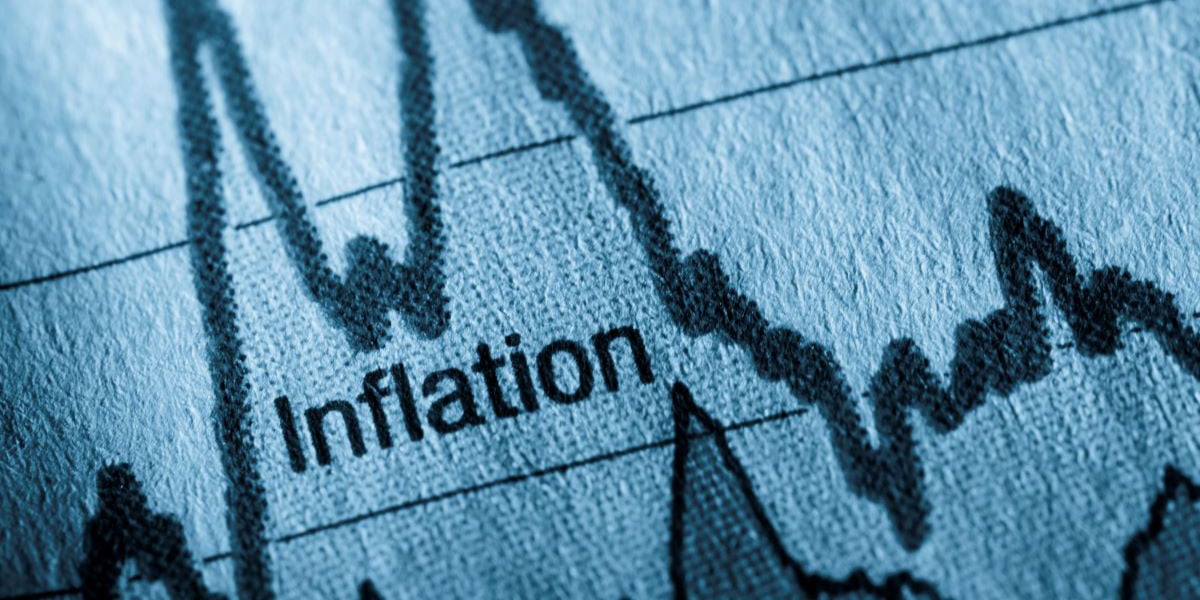Download the PDF

This week saw the release of the all-important Q3 CPI report in Australia. The data showed that inflation is continuing to ease, but at a slower pace than expected by QIC and the market, and importantly, the RBA. The annual rate of headline inflation slowed to 5.4% in the September quarter from 6.0% in the June quarter and a peak of 7.8% at the end of last year. For the quarter, prices rose by 1.2%, slightly higher than market expectations of 1.1%.
Inflation in the September quarter was driven by price gains in rents, electricity and fuel. And the good news is that we believe the peak in each of these price categories is likely behind us. Rents rose by an annualised rate of 10% over the last six months as strong demand from rising migration pushed vacancy rates to new lows. But the monthly CPI suggests that rental growth peaked in June, and has since eased, in line with CoreLogic data. The 15% increase in Commonwealth Rent Assistance to low-income households, which had a small impact in the September quarter, will also ease pressure on rents in the short term.
Electricity prices rose by 4.2% in the September quarter, but without the impact of Federal and State government subsidies, the gains would have been 18.6%, reflecting the roughly 20% increase in default market offer rates for 2022/23. The outcomes across states varied wildly based on the differences in state subsidies: electricity prices in Brisbane and Perth fell by 10% and 45% respectively, while Sydney and Melbourne electricity prices rose by 12% and 17% respectively. Wholesale electricity prices have fallen significantly, so the 2023/24 electricity price outlook is currently looking more favourable.
Fuel prices rose by 7.2% in Q3, adding 25bps to CPI inflation. The price of unleaded petrol hit a new quarterly high, averaging just under $2/litre in Q3, and moving as high as $2.17/litre. Prices for unleaded fuel have since fallen back to their average Q3 levels, while diesel remains slightly above. Tensions in the Middle East have the potential to push oil prices significantly higher; at this stage we expect only a 1.5% quarterly gain in fuel prices in the December quarter, which would add just 5bps to CPI inflation.
Unfortunately, this is where the good news on inflation ends. The RBA’s preferred measure of core inflation, the trimmed mean, rose by 1.2% in the September quarter, an acceleration from 1.0% in the June quarter, with the annual rate slowing to 5.2% from 5.9%. This is well above the RBA’s forecast in the August SOMP, of around 4.9%.
Services inflation remains high in non-discretionary items of spending, including local government services (rates, water and sewerage), public transport, postal services, medical and dental services. We also see above target inflation persisting in hairdressing and other household services, reflecting rising unit wage costs.
Most importantly, there remains too much pricing pressure coming from items that should be seen as discretionary spending, including restaurants and take aways, digital media subscriptions and new cars. While ever these categories of spending can continue to pass on higher than target inflation, the RBA has a job to do in terms of reducing demand by raising interest rates.
Fittingly, Michele Bullock made her first official speech as RBA Governor this week. In uncharacteristically clear language for a central bank governor, Ms Bullock struck quite a hawkish tone in stating that “the Board will not hesitate to raise the cash rate further if there is a material upward revision to the outlook for inflation.” The question then becomes whether the information contained in Q3 CPI release could result in a material upward revision to the inflation outlook.
Our own forecasts suggest the answer to this question is “yes” - due to the stickiness of services inflation, we have upgraded our inflation forecast. Also, the market is now pricing a Cup Day rate hike from the RBA.
The RBA acknowledges the considerable long-term costs to the economy if their credibility is eroded by allowing inflation expectations to become unanchored. Worryingly, 10-year ahead inflation expectations have risen to 2.67%, their highest level in a decade. Given this, and the strong rhetoric of the past week’s commentary, the cost of not raising rates is now rising. Put your $2 bet on a rate hike from the RBA on Cup Day.
